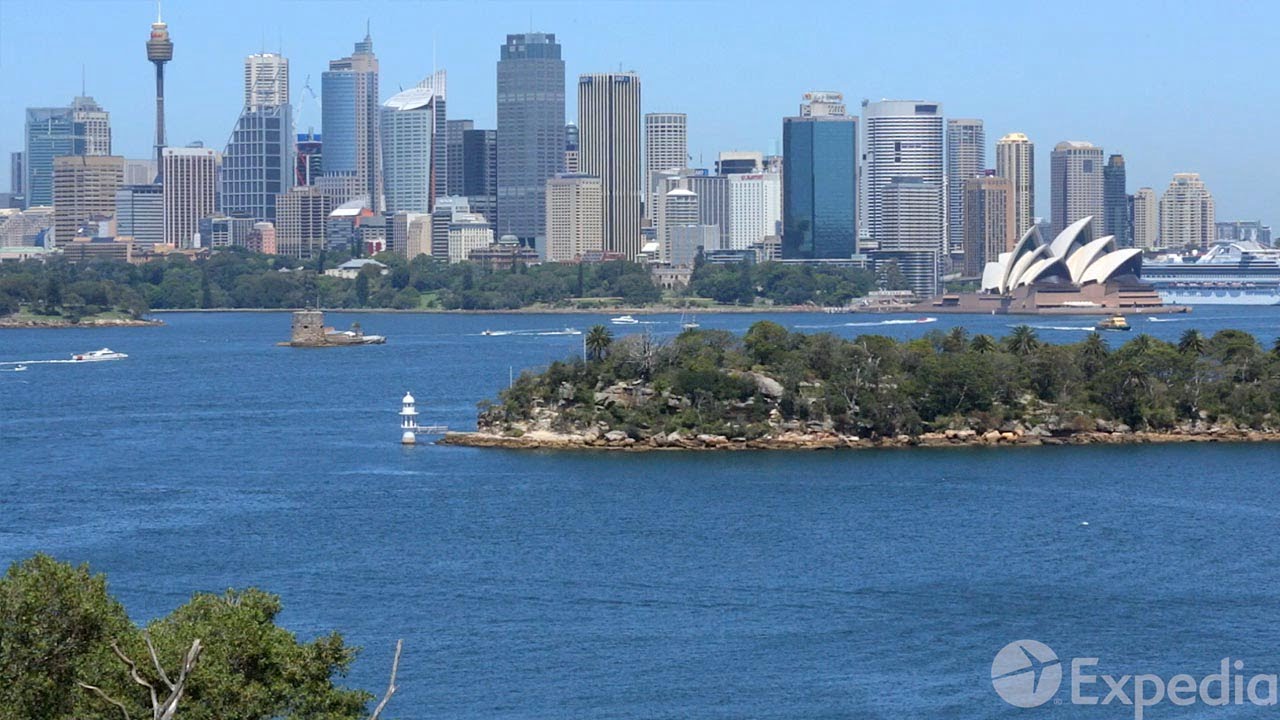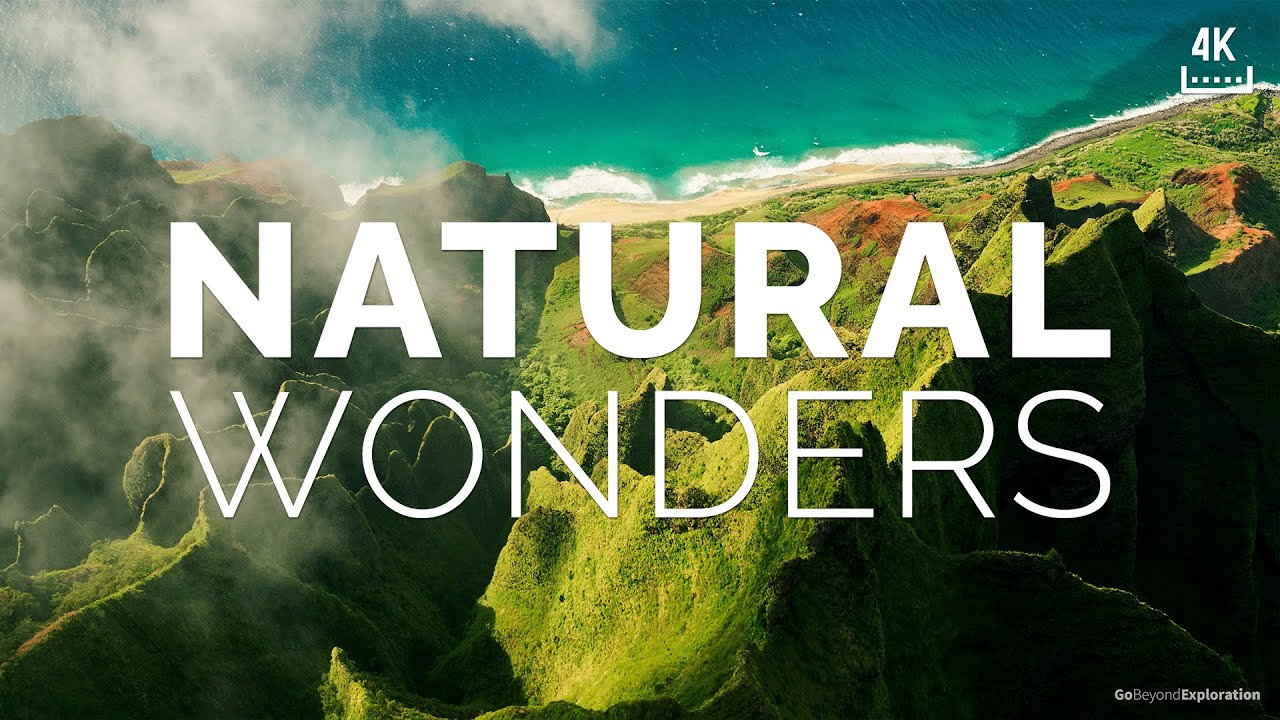Historical & Cultural Wonders
These sites showcase China’s immense and fascinating imperial and dynastic history:
- The Great Wall of China (Beijing and surrounding areas):
- What it is: A vast system of fortifications, officially stretching over 21,000 kilometers, built over centuries to protect the Chinese states and empires against raids and invasions.
- Why it’s incredible: It is the largest human-made structure in the world and an awe-inspiring symbol of the nation’s history and architectural ambition.
- The Terracotta Army (Xi’an):
- What it is: A collection of thousands of life-sized terracotta sculptures, depicting the armies of Qin Shi Huang, the first Emperor of China. They were buried with the emperor to protect him in the afterlife.
- Why it’s incredible: It’s an archaeological marvel that provides unparalleled insight into ancient military formations, artistry, and the imperial obsession with immortality.
- The Forbidden City (Beijing):
- What it is: The former Chinese imperial palace from the Ming dynasty to the end of the Qing dynasty, serving as the home of emperors and the ceremonial and political center of Chinese government for almost 500 years.
- Why it’s incredible: It’s the largest collection of preserved ancient wooden structures in the world and an immaculate example of traditional Chinese palatial architecture.
- Potala Palace (Lhasa, Tibet):
- What it is: A majestic fortress and complex set atop Marpo Ri (“Red Hill”), which was the chief residence of the Dalai Lama until the 14th Dalai Lama fled to India.
- Why it’s incredible: It’s a magnificent symbol of Tibetan Buddhism and a high-altitude architectural wonder, housing the tombs of past Dalai Lamas.
Natural Wonders
These geological and ecological sites demonstrate the sheer power and beauty of China’s natural environment:
- Zhangjiajie National Forest Park (Hunan):
- What it is: A stunning national park famous for its tall, pillar-like mountain formations, which were the inspiration for the “Hallelujah Mountains” in the movie Avatar.
- Why it’s incredible: The unique quartz-sandstone pillars that jut dramatically from the foggy valleys create a surreal, dream-like landscape unlike anywhere else on Earth.
- Li River and Yangshuo Karst Landscape (Guangxi):
- What it is: A stretch of the Li River that flows through a landscape of dramatic karst peaks, which are featured on the back of the 20 Yuan banknote.
- Why it’s incredible: Cruising or taking a bamboo raft down the river offers some of China’s most iconic and tranquil mountain-and-river countryside scenery.
- Jiuzhaigou Valley (Sichuan):
- What it is: A national park and UNESCO World Heritage Site in the Min Mountains known for its multi-level waterfalls, colorful, terraced blue and green lakes, and snowy peaks.
- Why it’s incredible: The clarity and vibrant colors of the water in the terraced pools have earned it the nickname “Fairyland on Earth.”
- Yellow Mountain (Huangshan, Anhui):
- What it is: A mountain range renowned for its granite peaks, curiously shaped pine trees, seas of clouds, and natural hot springs.
- Why it’s incredible: It has been a source of artistic inspiration throughout Chinese history, particularly for landscape paintings, due to its ethereal, cloud-shrouded beauty.
Other Notable Marvels
- Leshan Giant Buddha (Sichuan): The largest stone-carved Buddha in the world, carved directly into a cliff face at the confluence of three rivers.
- Longji Rice Terraces (Guilin): Also known as the Dragon’s Backbone Rice Terraces, these ancient, sculpted fields climb the steep mountainsides like the scales of a dragon, offering spectacular views in every season.
- The Bund and Futuristic Skyline (Shanghai): A modern wonder that showcases China’s explosive development, contrasting historic European architecture along the waterfront with the gleaming, sci-fi skyline of the Pudong district.









